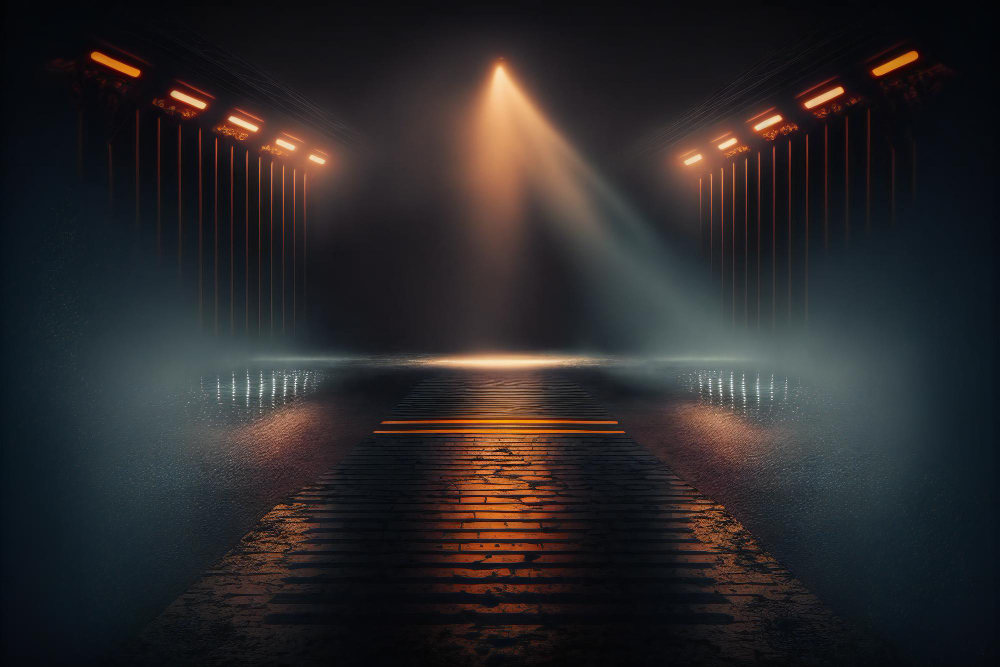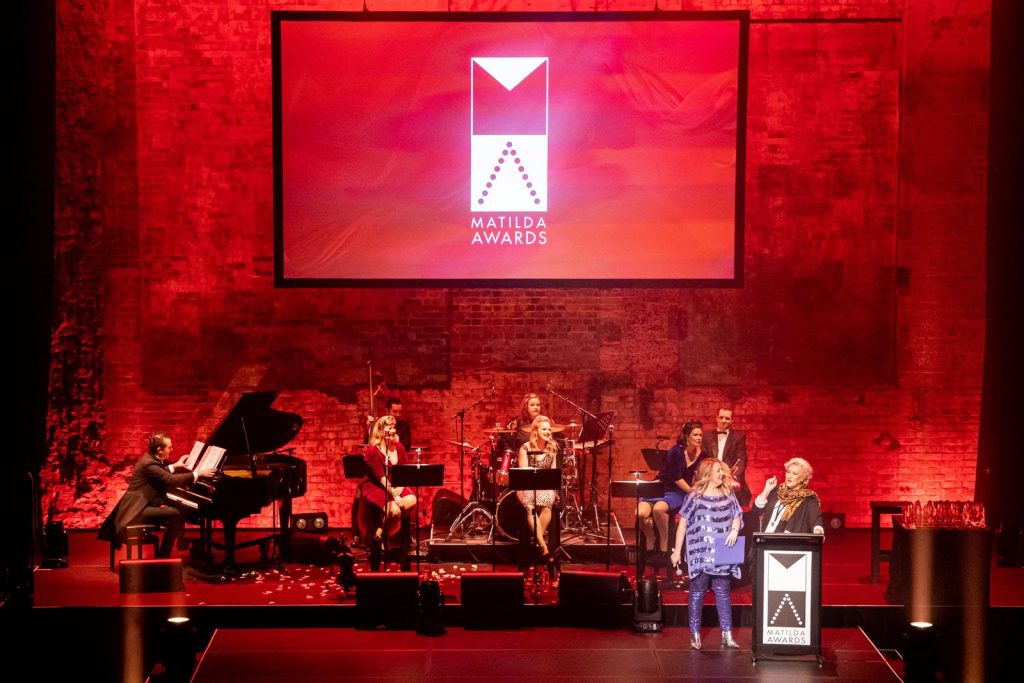
How Lighting Enables and Enhances Performance: A Beginner’s Guide
Have you ever sat in an auditorium, completely engrossed in a play, and felt a chill during a suspenseful scene or warmth during a romantic moment? Believe it or not, lighting plays a huge role in conjuring those feelings. Let’s dive into how lighting truly enables and amplifies the magic of dramatic works:
1. Setting the Mood
Warm vs. Cool Tones
Lighting can instantly set the emotional tone of a scene. Warm tones (oranges and yellows) can evoke feelings of happiness, romance, or nostalgia. Cool tones (blues and purples), on the other hand, might set a melancholic, mysterious, or eerie mood.
Shadows and Darkness
Dramatic shadows or areas of darkness can amplify tension, secrecy, or fear. Ever noticed how a villain might be partially hidden in the shadows? It’s all intentional!
2. Directing the Audience’s Attention
Spotlights and Focal Points
By directing a beam of light to a particular actor or spot, lighting designers ensure the audience focuses exactly where the most crucial action or dialogue is happening.
Transitions and Crossfades
Smooth transitions between scenes or shifts in time are often indicated through lighting changes, guiding the audience through the narrative.
3. Enhancing Themes and Motifs
Colour Symbolism
Colours aren’t just for setting the mood; they can also symbolize themes or motifs. For instance, green lighting might be used to emphasize themes of jealousy or nature.
Patterns and Textures
Using gobos, lighting can project patterns or textures that relate to the play’s theme, whether it’s the dappled light of a forest or the bars of a prison cell.
4. Creating Realism or Abstraction
Time and Place
Lighting can indicate the time of day, weather conditions, or even locations. The golden hue of a sunrise or the cold, bluish tint of moonlight can transport audiences in an instant.
Stylized Effects
On the flip side, lighting can also create abstract, dreamlike, or stylized environments, helping to convey internal states or fantastical settings.
5. Amplifying Character Dynamics
Isolation vs. Connection
A character in solitude might be lit separately from the rest, emphasizing their isolation. Conversely, characters sharing a moment might be lit in a way that visually connects them.
Revelations and Transformations
Lighting changes can underscore character revelations or transformations, signaling shifts in their journey.
In essence, lighting in dramatic works is like the unsung hero, silently doing its job, making sure the story shines in its best light (pun intended!). So, the next time you’re enjoying a play, take a moment to appreciate the beams, hues, and shadows painting the stage. They’re telling a story of their own, one that’s brilliantly illuminating!






